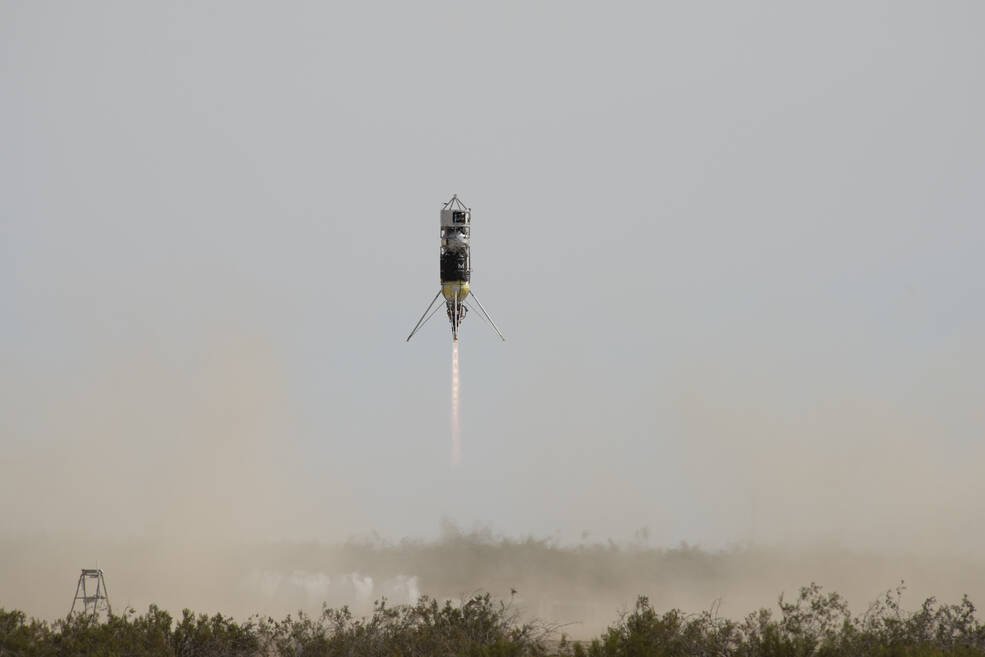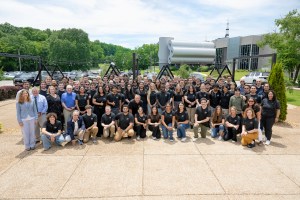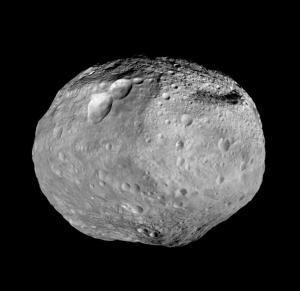Lee esta nota de prensa en español aqui.

NASA is calling on middle and high school students across the country to submit experiment ideas for a high-altitude balloon or rocket-powered lander test flight in the third TechRise Student Challenge.
TechRise is open to students in grades six to 12 attending U.S. public, private, or charter schools – including those in U.S. territories. It offers participants hands-on insight into the payload design and suborbital flight test process, with the goal of inspiring a deeper understanding of space exploration, Earth observation, coding, electronics, and the value of test data.
“NASA’s TechRise Student Challenge is one of the many exciting ways we’re engaging with the Artemis Generation,” said NASA Administrator Bill Nelson. “The process of designing flight experiment proposals encourages students to think big and realize that their talents and creativity will be key in the future of humanity’s exploration.”
Managed by NASA’s Flight Opportunities program and administered by Future Engineers, the challenge invites teams of four or more students, under the guidance of an educator, to design science and technology experiments for suborbital flight. Sixty winning teams will be selected to turn their proposed experiment ideas into reality. Winners will receive $1,500 to build their experiments, a 3D printed flight box in which to build it, and an assigned spot for their payload on a NASA-sponsored flight test. Experiment ideas must be submitted no later than Oct. 20, 2023.
This year, TechRise entrants will propose to fly with one of two commercial flight platforms: a high-altitude balloon operated by World View of Tucson, Arizona, or the Xodiac suborbital rocket-powered lander operated by Astrobotic of Pittsburgh. The high-altitude balloon will provide approximately four hours of flight time at 70,000 feet (21,000 meters) with exposure to Earth’s upper atmosphere, high-altitude radiation, and perspective views of Earth, while the lander will fly for approximately two minutes at an altitude of 80 feet (approximately 25 meters) over a test field designed to simulate the Moon’s surface.
NASA encourages students and their instructors to submit experiment ideas even if they have no prior experience with these activities. A wide variety of resources are available to support teams through the submission process, including two upcoming virtual educator workshops and a virtual field trip. Winning teams will receive technical support and mentorship from Future Engineers, who will help students learn the skills they need to turn their experiment idea into reality.
“TechRise was an amazing STEM experience for my students,” said Gregory Tucker, educator lead for the TechRise team at Nesbitt Discovery Academy in Asheville, North Carolina, a winner of the second TechRise challenge. “It was wonderful to see the excitement in the group when the final test was complete, all sensors and data collection were working correctly, and our experiment was ready for launch. The confidence and pride that these students gained over the months working on this project was immeasurable.” The Nesbitt Discovery Academy team’s experiment recently flew on a high-altitude balloon.
To enter the competition, teams will propose their experiment idea online using the design guidelines and proposal template on the competition site. Winners will be announced in January 2024. The selected student teams will build their payloads from January to May, and the final experiments will take flight in summer 2024.
The NASA TechRise Challenge is led by NASA’s Flight Opportunities program, which rapidly demonstrates technologies for space exploration and the expansion of space commerce through suborbital testing with industry flight providers. Flight Opportunities is based at the agency’s Armstrong Flight Research Center in Edwards, California, and is part of NASA’s Space Technology Mission Directorate (STMD). TechRise is also supported by the NASA Tournament Lab, part of STMD’s Prizes, Challenges, and Crowdsourcing program.
For more information about the challenge and to register: https://www.futureengineers.org/nasatechrise
-end-
Sarah Frazier
Headquarters, Washington
202-853-7191
sarah.frazier@nasa.gov
Sarah Mann
Armstrong Flight Research Center, Edwards, California
661-233-3758
sarah.mann@nasa.gov






























